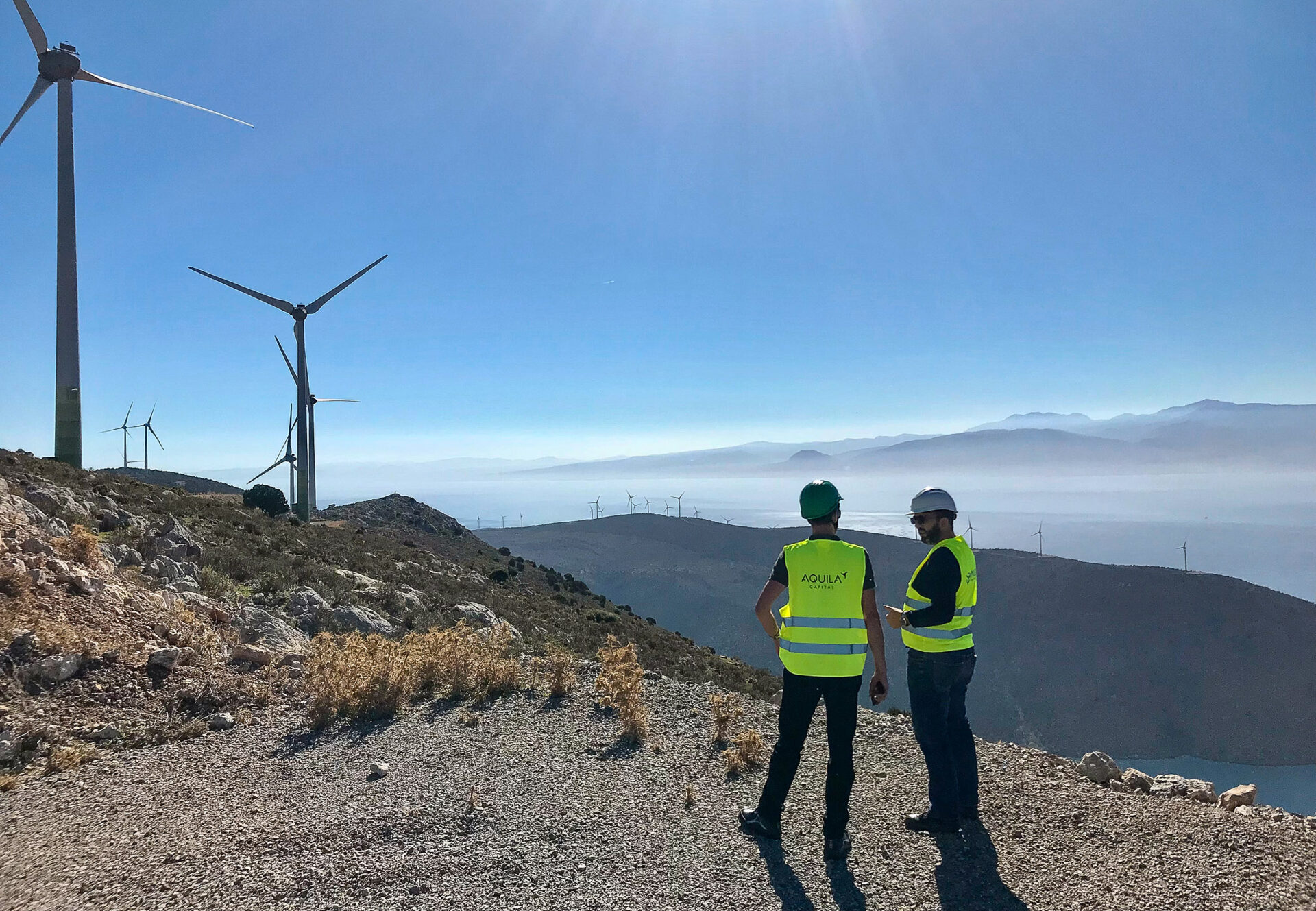

Now is the time to double down on renewables, and APAC can show the way
By Kathryn Tsibulsky, Structured Finance Director, Aquila Clean Energy APAC
Is the world giving up on the clean energy transition? Against a backdrop of sombre headlines, negative political discourse and inflationary headwinds, it would be tempting to conclude as much.
However, the scientific and economic fundamentals driving the energy transition have not changed and indeed will outlive any election cycle or period of market volatility. That is because renewables provide the fastest and most cost-effective route to add more power to the grid. Solar power is already the cheapest source of new energy in history with a construction cycle of less than a year. And no matter how much additional oil and gas supply reaches the market this year or next, the reality is that investment in low-emission energy sources like wind and solar is growing at a much faster pace.
So, despite global turbulence, companies that double down on renewable energy now are poised to gain real competitive advantage, by securing long-term commercial value, building economic resilience and reducing their exposure to market risk. This is particularly true in Asia Pacific (APAC), where several factors are accelerating the need for nations and businesses to commit to renewables.
Accelerating the clean energy transition in Asia Pacific
Governments are wrestling with strong energy demand growth driven by the electrification of transport and industry, as well as the proliferation of data centres to support digitalisation and AI. An often-cited example, Singapore paused investment in new data centres for several years due to electricity capacity constraints.
With rising power demand as a backdrop, many policymakers across the region are choosing to replace ageing conventional power plants with renewable alternatives, as exemplified by Australia’s plan to phase-out coal-fired electricity generation by 2038. Falling storage costs will further enable the switch from fossil fuels to firmed renewables.
And as geopolitical risk and fragmentation increase, national energy policies that include firmed renewable energy look like a safer bet from a security perspective, reducing reliance on fossil fuel imports.
The case for renewables is equally strong for businesses. With APAC producing roughly half of global manufacturing exports, manufacturers are under pressure by consumers to switch to clean power – as showcased by Japan, Korea, China, India and Vietnam showing some of the strongest increases in renewable electricity use by RE100 companies. In addition, many APAC businesses have turned to long-term Corporate Power Purchase Agreements (CPPAs) as a hedge against price hikes and market volatility.
A path forward for committed companies
But while the drivers for the energy transition are compelling for both public and private actors in the region and elsewhere, challenges remain.
For utilities, adapting and expanding the grid to manage distributed and intermittent renewable energy is no small feat. For developers, permitting and development processes can be arduous and earning social license to build new projects requires care and attention. And for governments and policymakers, efforts to level the playing field can be delayed by competing priorities.
However, there is a way forward for committed APAC businesses that recognise the long-term benefits and opportunities of renewable energy. The key is to be discerning, cautious and diligent, by focusing on:
- Investing in countries with sufficiently robust power grids, with sufficient investment in electricity transmission and distribution, such as Australia and New Zealand.
- Developing projects in countries with strong end-user demand for clean energy such as global manufacturing hubs like Korea with a strong commitment to RE100.
- Collaborating with like-minded regional partners that are respected in their communities and have experience in navigating local requirements. Established local know-how and relationships are key in securing social license and avoiding issues that can affect the profitability or durability of a project over time.
- Relying on trusted Tier 1 suppliers that pride themselves on providing both high-quality equipment and fast service support. This can be further facilitated and embedded in the business with global supply agreements.
- Finding lenders that are best placed to evaluate clean energy opportunities with a strong appetite to finance bankable, de-risked projects. These lenders bring the technical expertise to assess projects on their merits and bankability, and the creativity to structure financing solutions—with or without a PPA in place.
- Building teams with expertise covering the full project lifecycle – creating value at each step, and where possible hiring dedicated local teams to take a hands-on approach with project origination, development, construction and operations.
The way forward requires equal parts determination, pragmatic prioritisation and long-term focus. We see numerous industry players that remain committed to the energy transition and are undertaking high-quality, bankable projects that continue to validate the business case.
The clean energy transition is not a passing trend. It is a structural shift rooted in scientific and economic fundamentals, which APAC is well positioned to lead. And we expect that companies that stay the course now will emerge with greater strength and resilience.